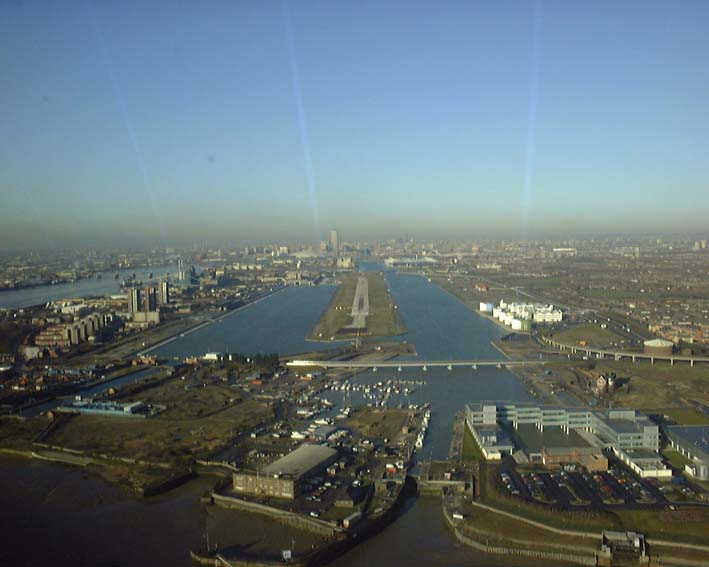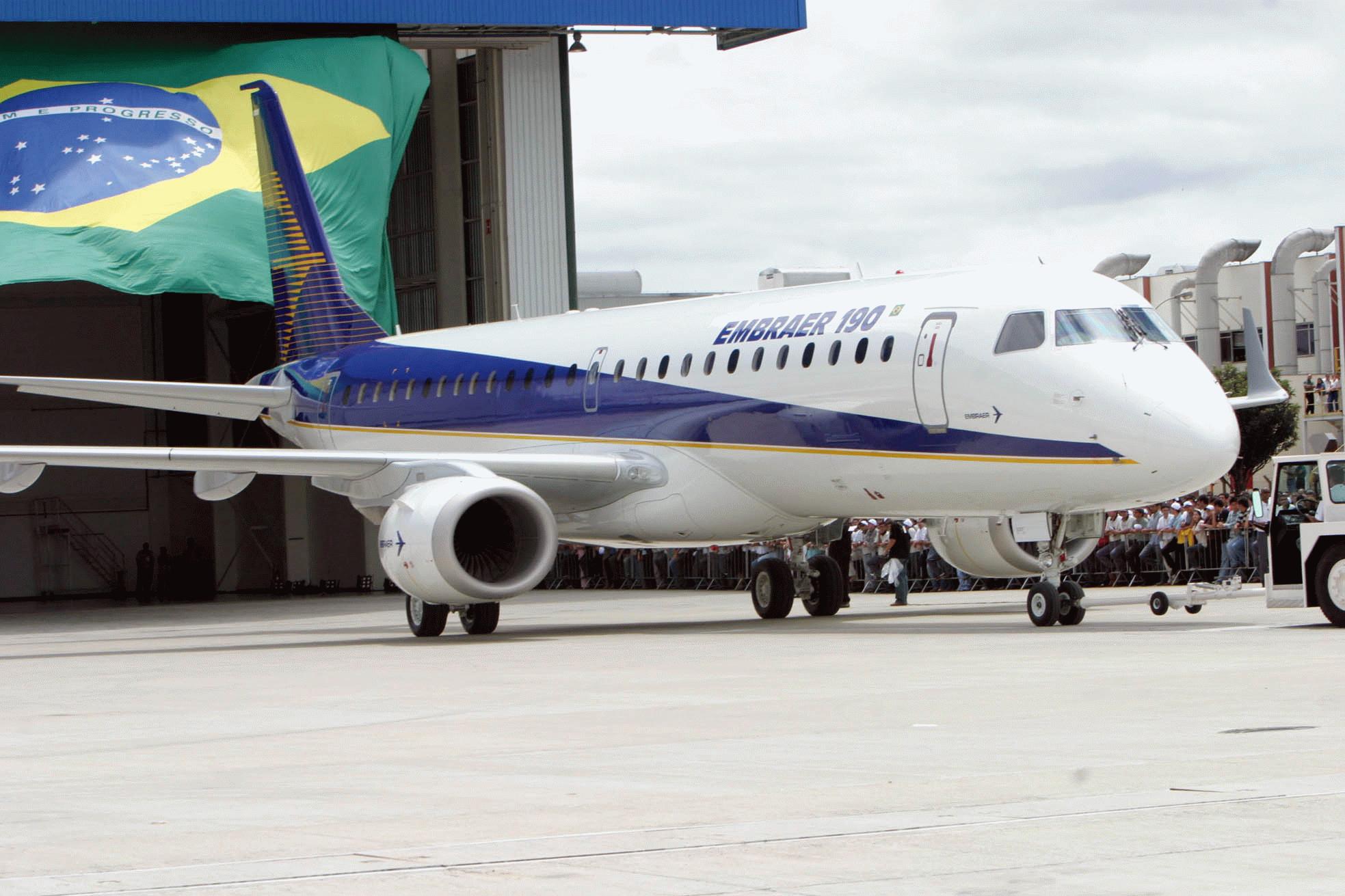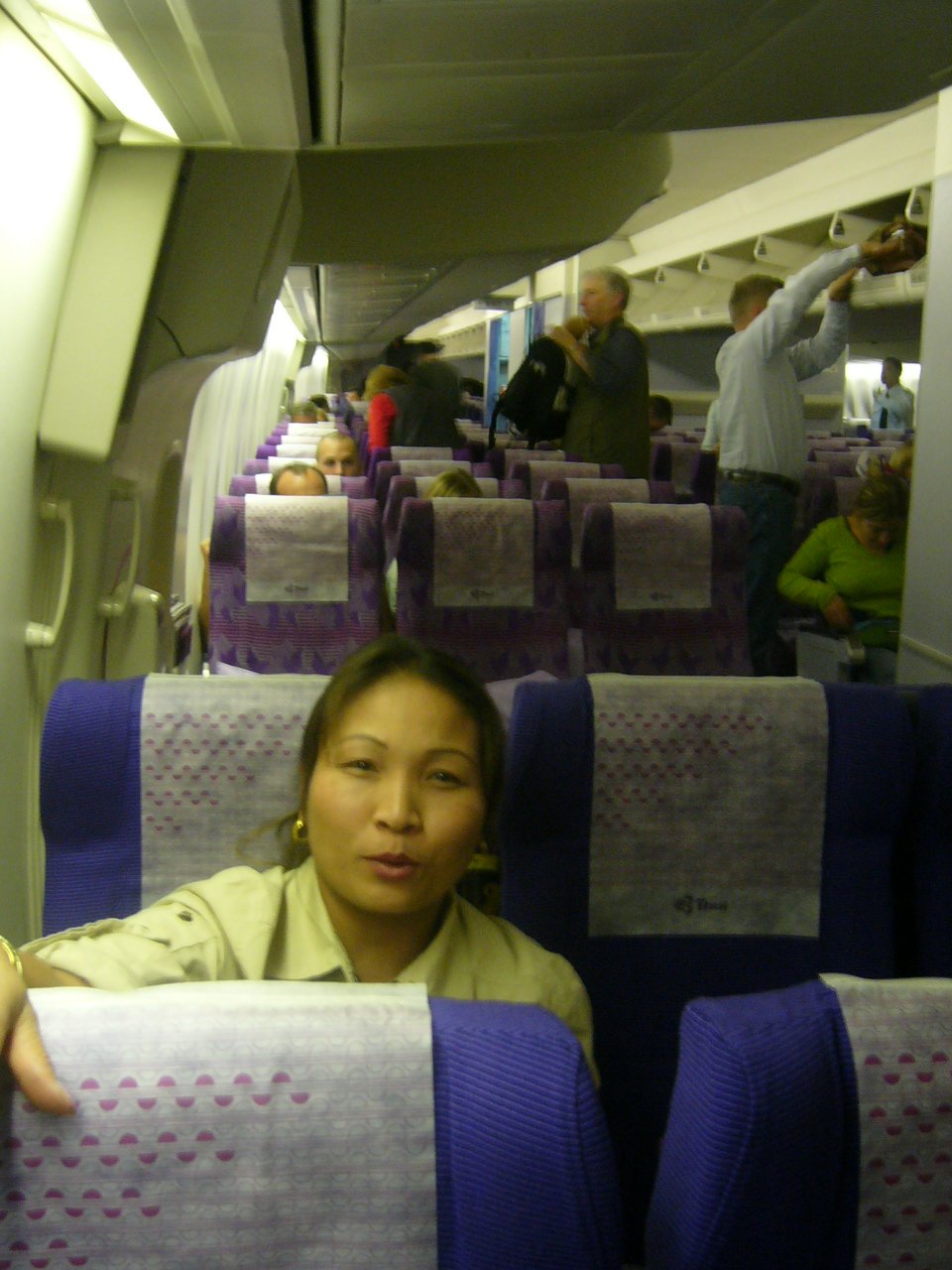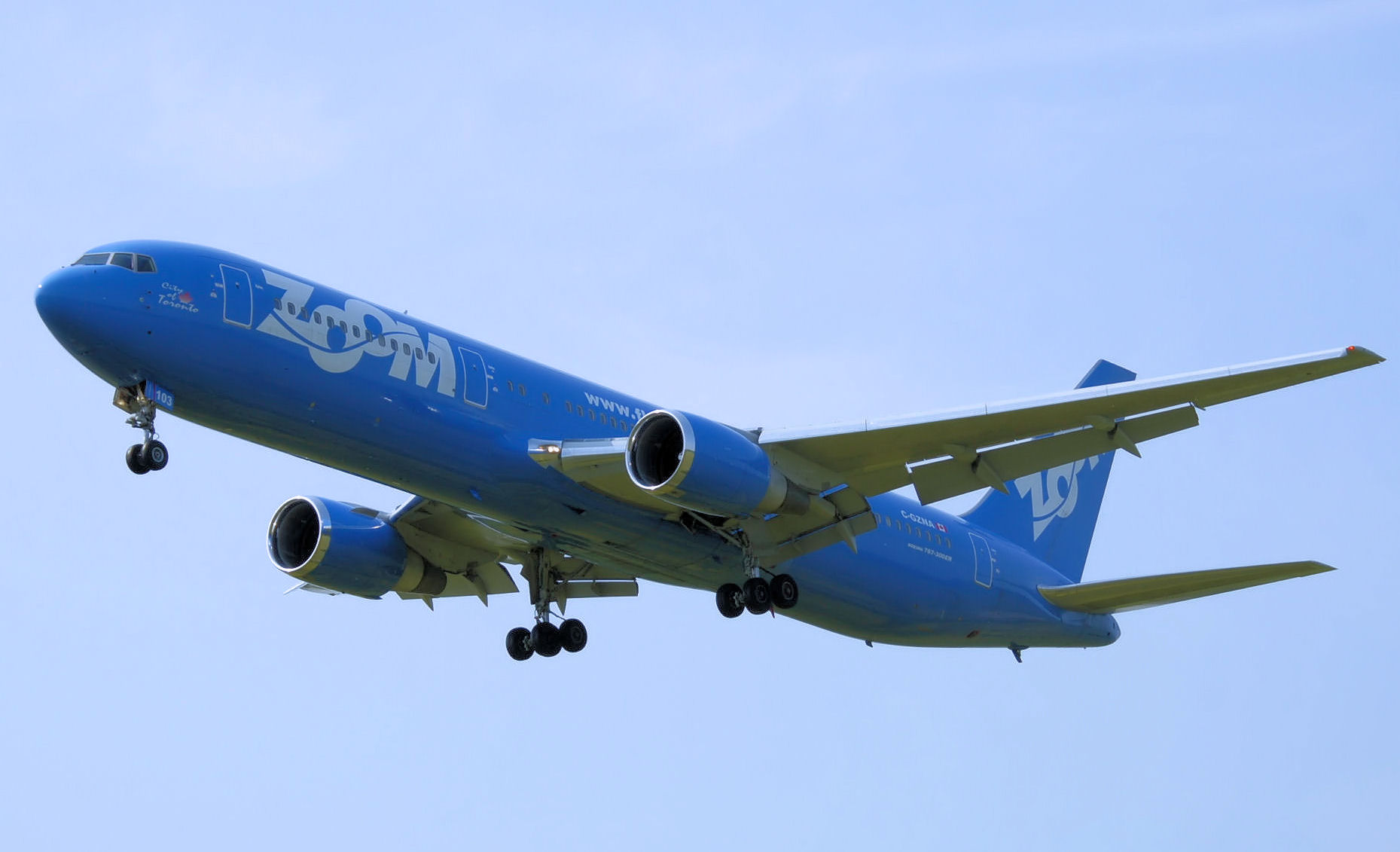
For those living in northern Europe, it is becoming an increasingly popular trend to escape the winter cold and the Christmas excesses, by heading instead to warmer climes for Christmas. What better way to enjoy the winter break than by relaxing in the sun, leaving behind the manic shopping, cooking, endless guests, and the snow and ice that you almost break your leg on as you try to get round all the Christmas parties?
Although the resorts of some popular holiday locations such as Greece and Turkey tend to shut down over the winter period, locations such as the Costa del Sol, the Canaries, or North Africa are ideal at this time of year, and a look through the search engines of the main holiday sites can turn up some very good deals. You could even head for the warmth of Goa, or the Caribbean.
You might think that Christmas Day itself would be the one of the days of the year that you would not consider flying, but booking a flight on this day does turn up some rather good bargains. Flights for the 23rd and 24th of December get booked up well in advance, and because of the demand, air tickets and holidays leaving on these days tend to sell at pretty steep prices. So if you want to get a real holiday or flight bargain, take a look at flights departing on Christmas Day itself.
In terms of holidays, I once bagged a magnificent two-week half-board holiday at a beautiful four star hotel on the Costa del Sol at an utterly knockdown price because the departure flight was on Christmas Day. Not only that, but the travel agent phoned us back with a further discount when it was realised that we would get in just too late for the Christmas Day Gala Dinner in the evening. In actual fact, when we arrived, a lovely welcoming dinner for just the two of us was laid out and waiting for us in the dining room. And we didn't miss out on the experience of a great Gala Dinner either, as included in the holiday cost was the superb celebratory of many courses for New Year’s Eve, along with preprandial drinks, champagne and goody bags.
So if the endless Christmas preparations along with the cold are wearing you out this year, think about a great escape for Christmas 2009.




















